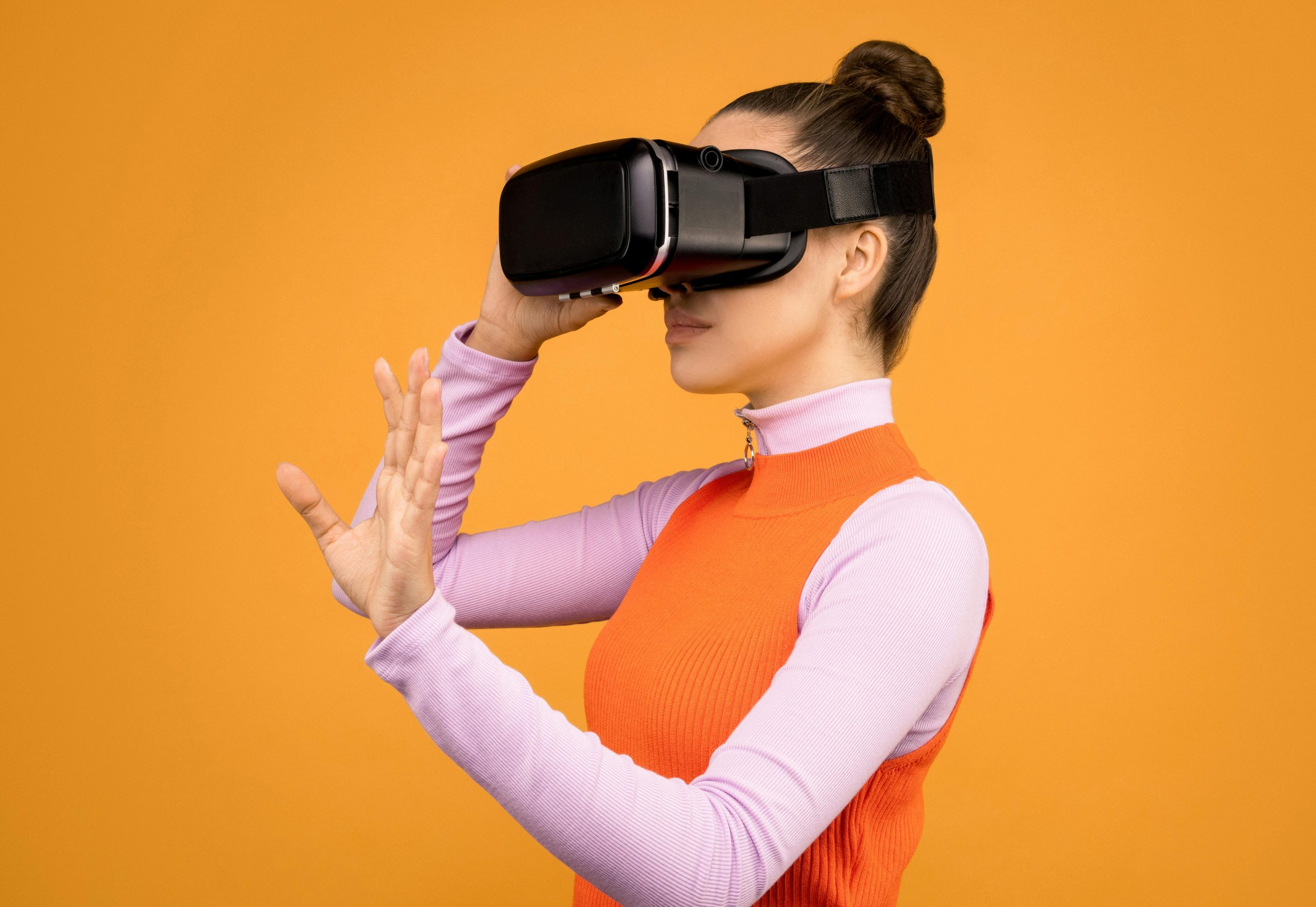How Virtual Reality Stores Are Growing in Popularity
In recent years, virtual reality (VR) has been gaining traction in various industries, from healthcare and education to gaming and entertainment. But one area where it is making a significant impact is in retail, with the rise of virtual reality stores. These digital shopping experiences, brought to life through immersive technology, are transforming the way consumers shop and experience products. In this article, we will explore how virtual reality stores are growing in popularity and the impact they are having on the retail industry.
The Rise of Virtual Reality Stores
The concept of a virtual store is not a new one, with early attempts dating back to the 1990s. However, it is the advancements in technology, specifically in VR headsets and hardware, that have allowed for the development of more realistic and immersive virtual shopping experiences. Today, more and more retailers are investing in VR to provide their customers with a unique and engaging way to shop.
Enhancing the Shopping Experience
One of the key factors driving the popularity of virtual reality stores is the enhanced shopping experience they provide. With VR, customers can browse, interact with, and even purchase products all within a realistic and immersive environment. This creates a sense of presence, allowing customers to feel as if they are in a physical store, without ever having to leave their homes.
Furthermore, virtual reality stores provide shoppers with a vast array of customization and personalization options. Customers can view products from different angles, customize colors and sizes, and even try on virtual outfits. This not only improves the overall shopping experience but also eliminates any doubts or concerns shoppers may have about purchasing online.
Breaking Geographic Barriers
Virtual reality stores also have the potential to break geographic barriers, allowing customers to shop from anywhere in the world. This is especially beneficial for smaller businesses that may not have a physical presence in multiple locations. With VR, they can reach a broader audience and potentially increase their sales without the need for physical stores.
The Impact on Retailers
The increasing popularity of virtual reality stores has an undeniable impact on retailers, both big and small. While traditional brick-and-mortar stores will likely continue to exist, virtual reality stores offer retailers a way to stay competitive in a rapidly evolving digital landscape.
Lowering Operational Costs
Virtual reality stores can significantly reduce operational costs for retailers. With a virtual store, there is no need to pay for physical space, rent, utilities, or staff. This is particularly advantageous for smaller businesses that may not have the financial means to open and maintain physical shops.
Data Collection and Analysis
Another significant advantage of virtual reality stores is the ability to collect and analyze data regarding customer behavior and preferences. This valuable data can help retailers better understand and cater to their target audience, improving their marketing strategies and overall business operations.
The Future of Virtual Reality Stores
It is clear that virtual reality stores are here to stay, and their popularity is only going to continue to grow. As technology continues to advance, so will the capabilities and possibilities of VR in the retail industry. With the integration of artificial intelligence and other emerging technologies, the virtual shopping experience is only going to become more seamless, personalized, and realistic.
In conclusion, virtual reality stores are no longer just a concept, but a reality that is transforming the retail industry. With the potential to enhance the shopping experience, break geographical barriers, and offer cost-saving solutions for retailers, it is no wonder that they are gaining popularity among consumers and businesses alike. As we move towards a more digitalized world, we can expect to see virtual reality stores become an essential aspect of the retail landscape.










